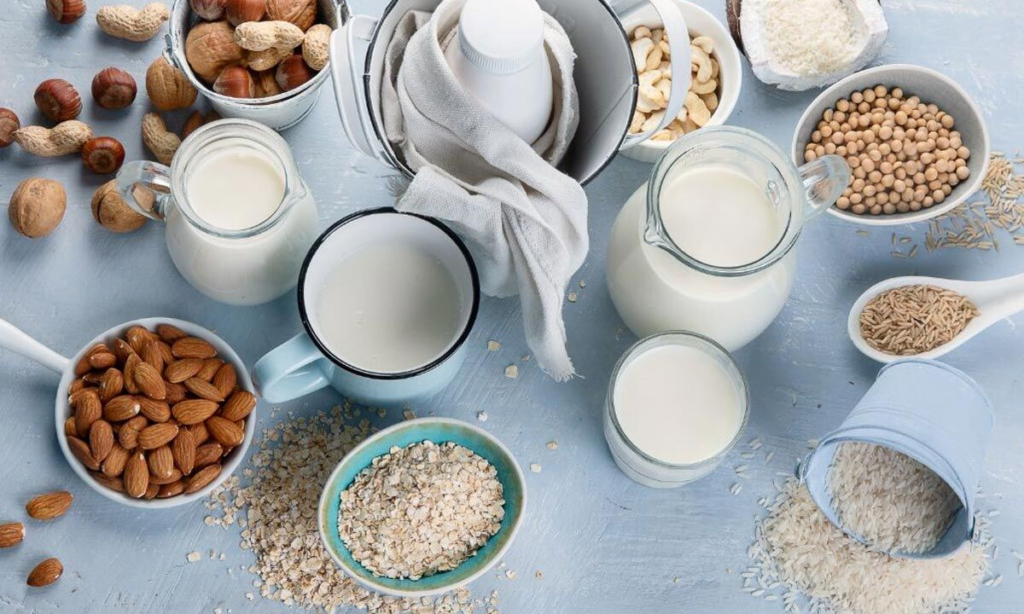
Table of Contents
- Introduction: The Milk in the Middle of the Sustainability Debate
- Understanding the Dairy Footprint
- Land Use and Biodiversity: What’s at Stake
- Water Consumption: The Hidden Cost Behind the Glass
- Greenhouse Gases: Cows and Carbon
- Technology and Transformation: The Rise of Sustainable Dairy Farming
- Comparing Alternatives: Is Plant-Based Always Greener?
- Future Outlook: Can Milk Go Green?
- Conclusion: Rethinking Every Drop
1. Introduction: The Milk in the Middle of the Sustainability Debate
Milk—comforting, familiar, and deeply woven into our daily lives. Yet, as environmental concerns rise globally, so does the question: Is dairy sustainable?
On one hand, milk nourishes millions. On the other, it’s often linked to greenhouse gas emissions, water usage, and land degradation. This World Milk Day, we look beyond the surface and dive into the environmental impact of milk production, asking not just how we consume milk—but at what cost.
2. Understanding the Dairy Footprint
Dairy farming, like all agriculture, requires resources: land, water, feed, and energy. From the cow in the pasture to the carton in your fridge, the journey of milk leaves an ecological footprint. But how big is it really?
Studies show dairy contributes approximately 2.7% of global greenhouse gas emissions, less than the entire transportation sector—but significant enough to demand innovation and action.
3. Land Use and Biodiversity: What’s at Stake
Cows need grazing space, and that means land. This land use often results in deforestation, soil erosion, and loss of natural habitats. In regions where farming expands rapidly, native species are displaced and ecosystems disrupted.
Yet, not all dairy operations are equal. Some integrate regenerative agriculture, using rotational grazing and cover crops to enrich the soil and promote biodiversity.
4. Water Consumption: The Hidden Cost Behind the Glass
Producing just one liter of milk can require up to 1,000 liters of water, accounting for animal hydration, feed crop irrigation, and processing.
However, innovations in precision agriculture, improved irrigation, and water recycling systems are helping some dairy farms cut this number drastically. Sustainability in dairy isn’t just about usage—it’s about efficiency.
5. Greenhouse Gases: Cows and Carbon
One of the most talked-about issues is methane—a potent greenhouse gas produced during cow digestion. It’s true: cows burp more than they moo, and those burps release methane into the atmosphere.
The good news? Research into feed additives like seaweed and methane inhibitors has shown promising results in reducing emissions by up to 80%.
6. Technology and Transformation: The Rise of Sustainable Dairy Farming
The modern dairy farm is undergoing a quiet revolution. From robotic milking systems to AI-powered feed management, technology is helping farmers reduce waste, improve animal health, and boost sustainability.
Farms are also exploring renewable energy sources, like converting manure into biogas, turning waste into wattage and lowering carbon footprints.
7. Comparing Alternatives: Is Plant-Based Always Greener?
While plant-based milks like almond, oat, or soy boast lower emissions, they come with their own issues. Almond milk, for instance, consumes large amounts of water, while soy farming has links to deforestation in sensitive regions.
The debate isn’t about dairy vs. non-dairy—it’s about responsible production across the board. Every choice has trade-offs.
8. Future Outlook: Can Milk Go Green?
The dairy industry is far from perfect, but it’s not standing still. With increasing consumer awareness, industry transparency, and policy support, sustainable dairy is becoming more than just a buzzword—it’s becoming reality.
From carbon-neutral farms to eco-label certifications, the sector is evolving, aiming for a model that nourishes both people and the planet.
9. Conclusion: Rethinking Every Drop
Milk production undeniably impacts the environment, but labeling it as wholly unsustainable oversimplifies the issue. The real challenge—and opportunity—lies in rethinking the way we farm, consume, and innovate.
So the next time you pour a glass of milk, remember: sustainability is not just in the carton—it’s in the choices we make, the farms we support, and the systems we build for tomorrow.

